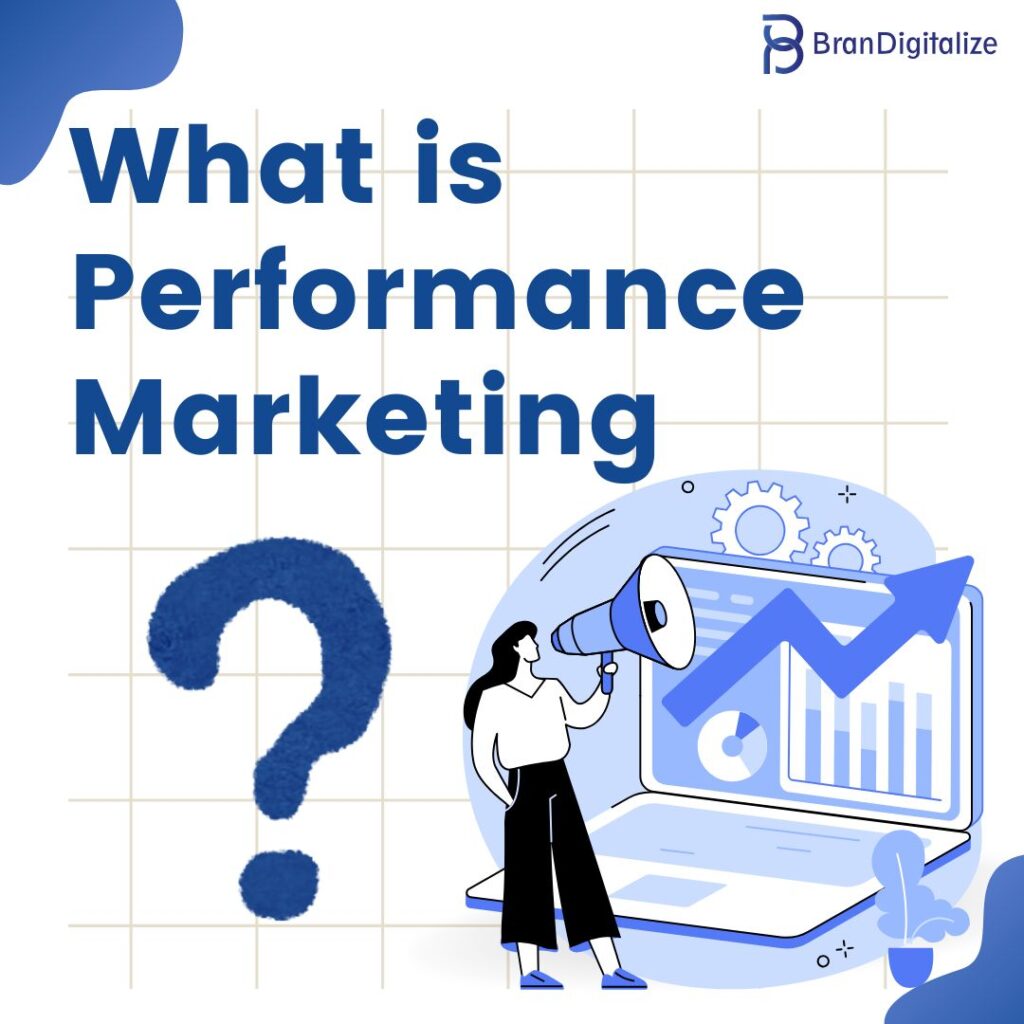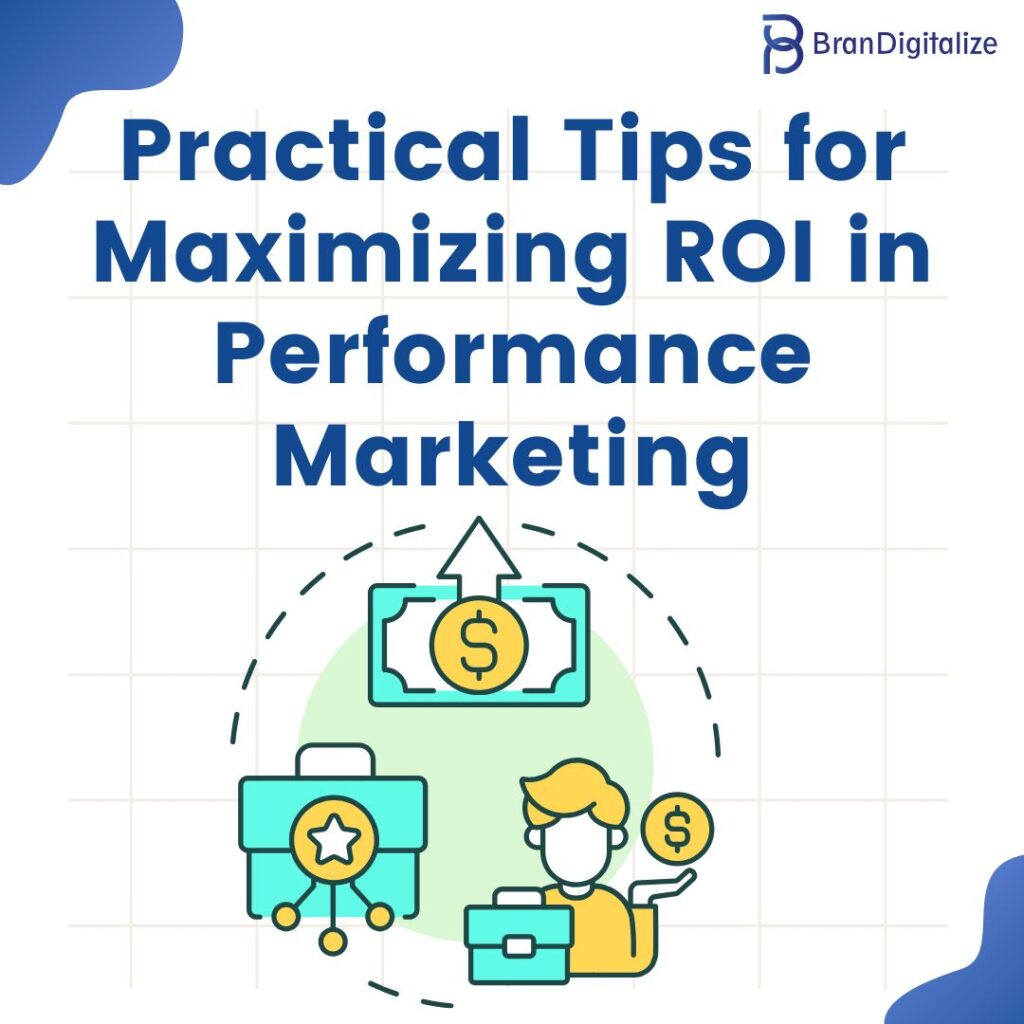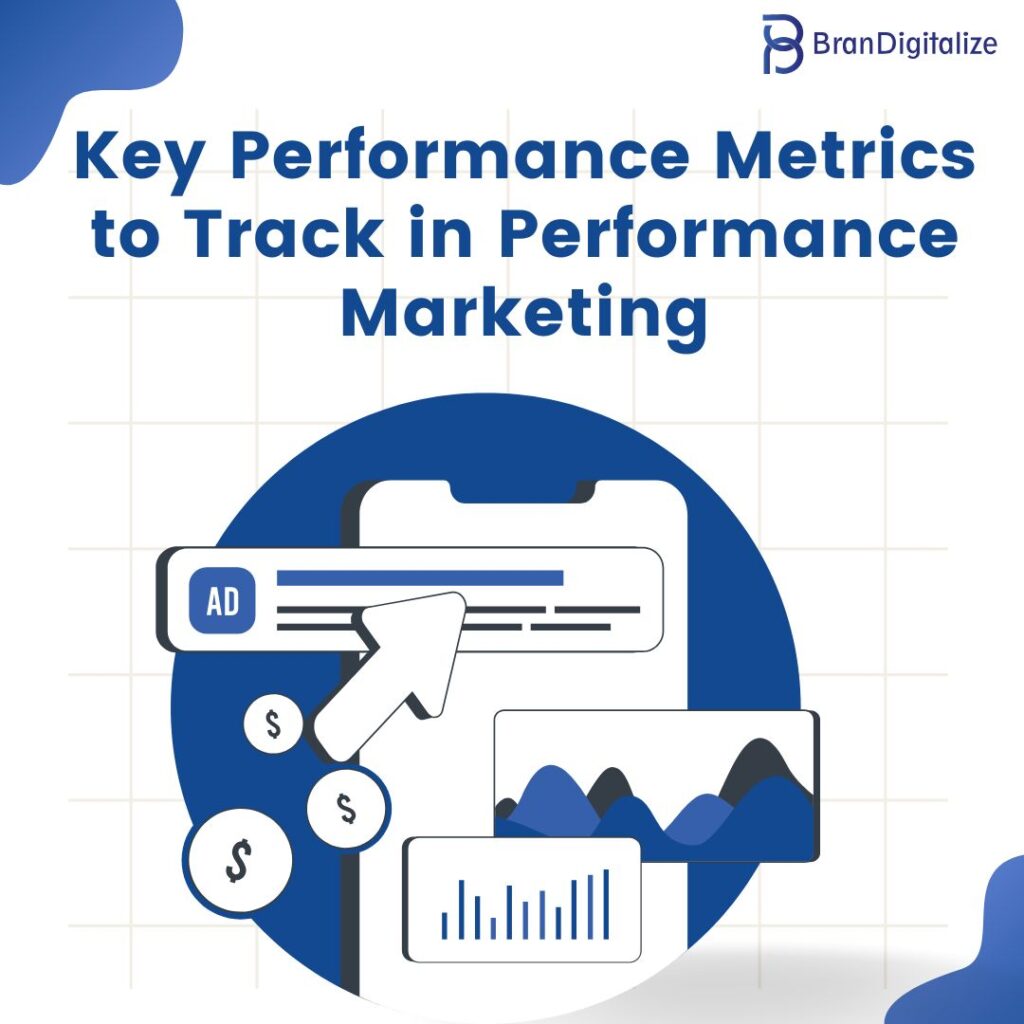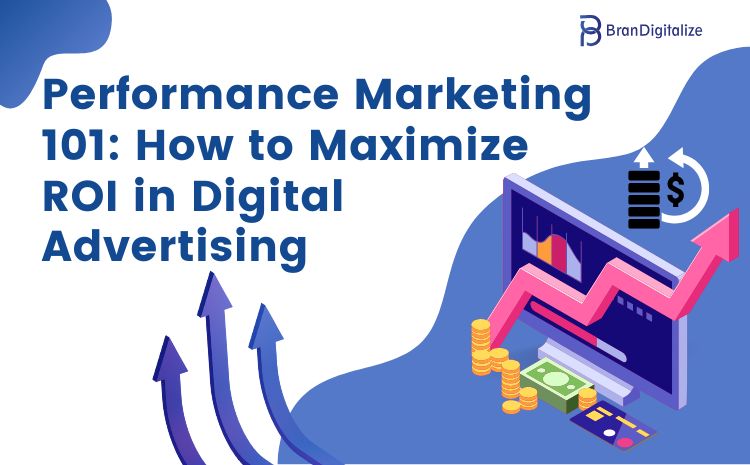Performance Marketing 101: How to Maximize ROI in Digital Advertising
In today’s digital-first world, performance marketing has emerged as a powerful approach to advertising that drives measurable results. Unlike traditional marketing, which can sometimes lack clear metrics, performance marketing focuses on achieving specific outcomes — such as clicks, conversions, or sales. For businesses looking to make the most of their digital advertising spend, understanding, and mastering performance marketing is essential. Here’s a detailed look at what performance marketing is, why it matters, and how you can maximise ROI in your campaigns.

What is Performance Marketing?
Performance marketing is a type of digital marketing strategy where advertisers pay only for specific actions taken by users, such as clicks, leads, or purchases. This pay-for-results model makes it highly appealing to marketers focused on accountability and cost-effectiveness. Performance marketing is widely applied across channels like social media, search engines, display ads, and affiliate marketing.

Why Focus on ROI in Performance Marketing?
Return on Investment (ROI) is a crucial metric in performance marketing, as it directly measures the profitability of a campaign relative to the investment made. By optimizing for ROI, marketers ensure that their campaigns generate meaningful, measurable returns rather than just impressions or clicks.
A high ROI means that the campaign is yielding significant revenue or valuable actions (like customer sign-ups) compared to its cost. In performance marketing, where every dollar matters, maximizing ROI is the key to sustained success and growth.

Key Components of a Successful Performance Marketing Strategy
To build a high-ROI performance marketing campaign, it’s important to understand its core components:
- Goal Setting
Define Clear Objectives: Your objectives could be lead generation, sales, app installs, or something else. Being clear on what you’re aiming to achieve allows you to tailor your strategy and metrics accordingly.
SMART Goals: Aim for Specific, Measurable, Achievable, Relevant, and Time-bound goals to make tracking and optimizing easier.
- Audience Targeting
Segmentation: Divide your target audience based on demographics, interests, location, or behaviours to tailor your message.
Data-Driven Insights: Leverage audience insights and analytics to understand who interacts with your brand, what content resonates most, and where they’re likely to convert.
- Channel Selection
Different channels offer distinct advantages:
- Social Media (e.g., Facebook, Instagram): Best for engaging with customers, sharing visual content, and driving brand awareness.
- Search Engine Marketing (SEM): Useful for targeting high-intent users actively looking for solutions.
- Affiliate Marketing: Allows you to pay affiliates or influencers a commission for promoting your products, ideal for expanding reach without high upfront costs.
- Choosing the right channel
It depends on your audience’s preferences and the goals of your campaign.
5. Creative Assets and Messaging
Your ad’s creative elements — visuals, headlines, and copy — need to capture attention and drive users to take action.
- Personalisation: Tailor messages based on audience segments. Personalised messages are often more effective, resulting in higher engagement.
- Call-to-Action (CTA): Make your CTA clear and compelling to drive users toward the desired action, like “Shop Now” or “Sign Up Today.”
6. Tracking and Attribution
Accurately tracking which channels and tactics drive conversions is essential for optimising ROI.
- UTM Parameters: Add UTM codes to URLs to track specific campaigns, ad variations, or platforms.
- Attribution Models: Choose a model (such as first-touch, last-touch, or multi-touch) that reflects your campaign’s goals to attribute conversions accurately.
Optimisation and A/B Testing
- Regular Monitoring: Use analytics to track metrics like conversion rate, cost-per-click (CPC), and cost-per-acquisition (CPA).
- A/B Testing: Experiment with different ad formats, visuals, and copies to identify what drives the highest engagement and ROI.

Practical Tips for Maximizing ROI in Performance Marketing
With these components in mind, here are some strategies to further optimize your ROI:
1. Invest in High-Quality, Relevant Content
Content plays a significant role in performance marketing. High-quality, relevant content builds trust and engages your audience effectively. This content can range from product-focused ads to informative articles that guide users down the conversion funnel.
2. Focus on Retargeting to Re-Engage Users
Retargeting is a powerful technique that allows you to re-engage users who have previously interacted with your brand but didn’t convert. Use retargeting ads to remind them of the benefits of your product or offer a special incentive to encourage conversion.
3. Leverage Data Analytics for Insights and Refinement
Analytics tools like Google Analytics, Facebook Insights, and third-party platforms offer invaluable data on user behaviour. Analyze these metrics to identify trends and patterns that indicate what’s working and what’s not, allowing you to make informed decisions about where to invest and where to cut back.
4. Apply Automation to Save Time and Improve Efficiency
Marketing automation platforms like HubSpot, Marketo, or Google Ads Automation can streamline processes like audience targeting, ad placement, and bid adjustments. Automation lets you focus on higher-level strategy while ensuring your campaigns remain optimized in real time.
5. Optimize Landing Pages for Conversion
Your landing page is crucial in converting visitors into customers. A well-designed landing page that aligns with the ad message, is mobile-friendly and has a clear CTA can significantly improve your conversion rate, directly impacting ROI.
6. Implement Predictive Analysis and Machine Learning
Using machine learning algorithms, many marketing platforms can predict which users are most likely to convert. Predictive analytics leverages historical data to forecast future outcomes, allowing you to focus on high-potential users, reduce CPA, and improve ROI.

Key Performance Metrics to Track in Performance Marketing
Monitoring the right metrics is essential to evaluate and enhance ROI in performance marketing. Here are some of the most crucial metrics:
- Cost-Per-Click (CPC): The amount you pay each time a user clicks on your ad.
- Click-Through Rate (CTR): The percentage of people who clicked your ad after seeing it. A high CTR indicates your ad is relevant to the audience.
- Conversion Rate: The percentage of users who completed a desired action after clicking the ad. Higher conversion rates indicate effective targeting and messaging.
- Customer Lifetime Value (CLV): The total revenue generated from a customer over their lifetime. CLV helps you assess the long-term ROI of acquiring new customers.
- Return on Ad Spend (ROAS): A more granular measure of ROI that evaluates the revenue earned for every dollar spent on advertising.

Avoiding Common Pitfalls in Performance Marketing
To get the best ROI from your campaigns, avoid these common mistakes:
- Overlooking the Importance of Testing: Skipping A/B testing can result in missed optimization opportunities. Always test variations to discover what resonates most with your audience.
- Setting Unrealistic KPIs: Setting targets that are too ambitious can lead to disappointment. Instead, set realistic KPIs based on historical data and industry benchmarks.
- Ignoring Mobile Users: With mobile traffic increasing, optimizing your ads and landing pages for mobile is crucial to reaching a wider audience and improving engagement.
- Failing to Re-Engage Customers: If customers are falling out of the sales funnel, use retargeting and email campaigns to re-engage them.

Final Thoughts
Performance marketing is a data-driven, results-oriented approach that allows businesses to control their advertising costs and maximize ROI. By carefully planning your strategy, monitoring key metrics, and making data-informed adjustments, you can build successful performance marketing campaigns that drive revenue and brand growth.
In a landscape where digital advertising is increasingly competitive, performance marketing provides the tools and flexibility to meet the demands of modern consumers. With this guide, you’ll be equipped to launch campaigns that not only meet your objectives but also deliver a strong return on investment — ensuring your marketing efforts are as impactful as they are efficient.













Write a Comment